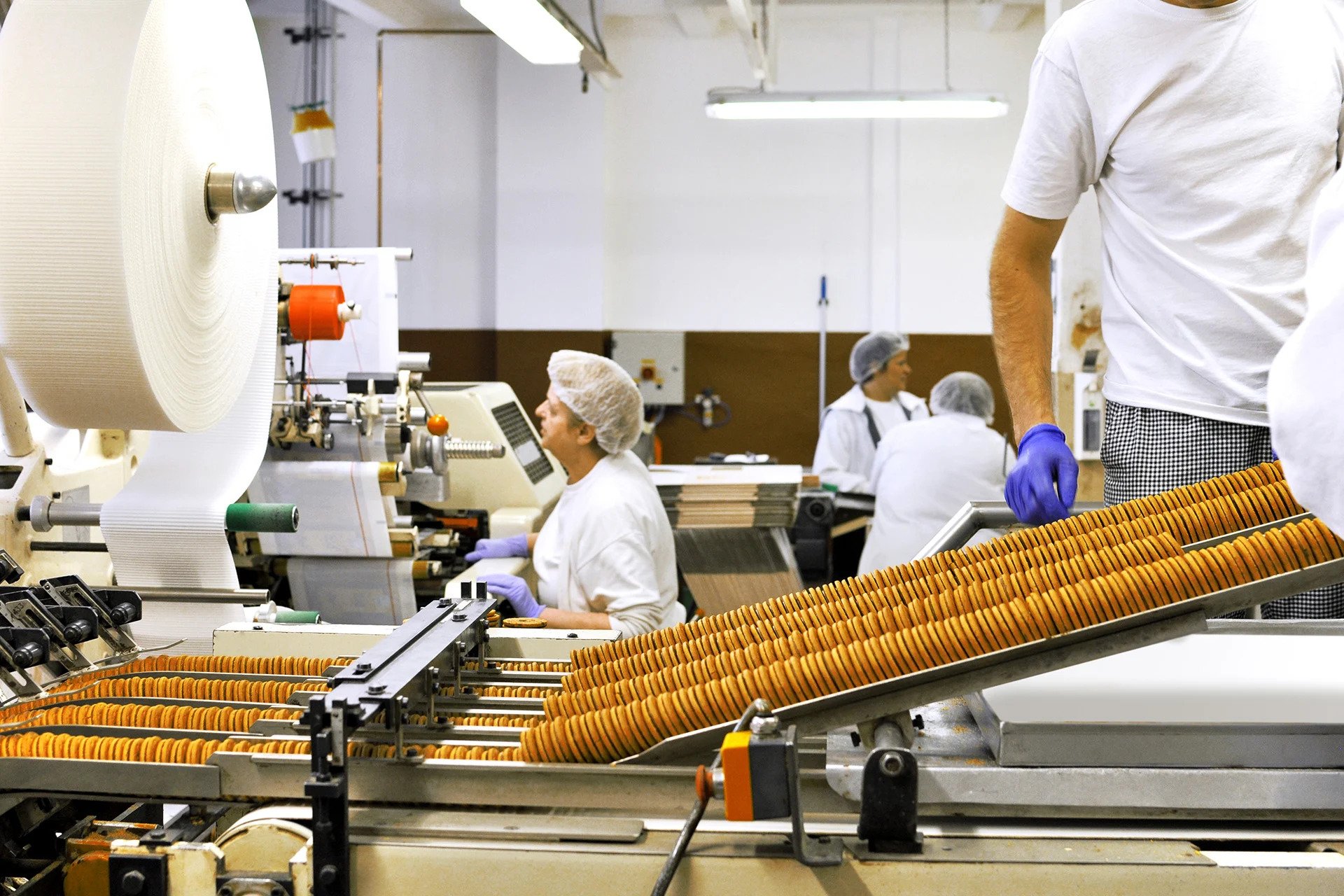A key benefit of an ERP system is its ability to unify business systems, processes and operations. So, you might be wondering whether you even need specific ERP software for the food industry.
The answer is yes because food products have a life of their own. They constantly change their behaviour, often unexpectedly. That’s why you need food ERP software and not a generic alternative.
In this blog, we take a deeper look into the reasons why:
- Deal with the variances of ‘living’ products
- Cater for products that need special treatment
- Manage the goods in and out stages
- Handle the complexities
- Prepare for the inconsistency
- Satisfy supply and demand
Deal with the variances of ‘living’ products
Whilst a standard ERP system can cover most requirements during the conversion process, it can’t handle the variances of food products. The uniformity and quality variations of ‘living’ products in the food industry can vary considerably during the manufacturing/production stage. Food ERP software is designed to cater for this.
In addition, food ERP systems need to be tailored to deal with “attributes” of food items such as size, field, country of origin and so on.
Whilst investing in a standard ERP system will get you some form of substitution functionality, a food ERP solution provides enhanced functionality in this area. This is extremely important when dealing with organic and conventional items where it can accommodate multiple attributes.
Food ERP systems also provide the capabilities to change pieces of information after they’ve been scheduled or started.
Cater for products that need special treatment
Manufacturing resource planning (MRP II) is a major part of an ERP system. Food ERP software must go beyond the traditional “make to stock” or “make to order” process of standard ERP systems. This is because food products with a shorter shelf life or that have a nature bound harvest cycle require special treatment. For example:
- A standard ERP system doesn’t always support sudden changes in processing times. It’s important to have food industry ERP software in order to protect against unforeseen changes to weather or product quality
- Products with natural growing cycles are only ready when they’re ready, which doesn’t always fit with demand-driven MPS
- Foodstuffs that have a very short shelf life need their own scheduling algorithm
Manage the goods in and out stage
Food ERP software is needed when dealing with the intake of raw materials i.e. the “goods in” stage. This is because compared to other industries, the expectation of foodstuff can be much looser. Items can be of multiple varieties or breeds with their own differing specifications.
In addition, your ERP system must have enhanced QA functionality to account for extensive quality and customer safety checks to incoming products. For provenance, food businesses need to ensure allergens and the points of origin for the products are as stated.
Standard ERP systems generally don’t deal with units of measure, so food industry ERP software often features added functionality to account for this.
Once products reach the finished goods stage, having a food industry-specific ERP system will ensure “best before” and “use by” dates are catered for to avoid customer service and safety issues.

Handle the complexities
The demand planning process is largely the same for food or non-food businesses. But that doesn’t mean you should dive in and invest in a generic ERP system – the food industry has some added complexities that need to be considered such as:
- The food industry is supply driven. There could be a demand for a product at a certain point but that doesn’t mean the raw materials will be in season or available
- Lots of products in the food industry are parts of wholefoods or whole crops. Demand for one fraction of a harvest or slaughter may give rise to other fractions that may have a different demand profile
- Food products can be affected by the weather. Perishable food businesses are in danger from unpredictable weather conditions that can affect daily demand
Prepare for the inconsistency
In terms of warehousing, most ERP systems with a built-in warehouse management system (WMS) will cover the functionality needed, however foodstuffs do have some extra requirements during storage. You’ll need food ERP software to monitor positive or negative changes in foodstuff (think of unripe fruit turning to ripe fruit).
In terms of inventory, standard ERP systems are used to dealing with consistency. But when we’re talking about foodstuff, it’s rather the opposite – food inventory is inconsistent, driven by its environment, changes all the time and its life can be short. Basically, the level of information required here is too much for your traditional ERP system.
Invest in food industry ERP software to gain more detailed information at the item level, such as attributes, secondary units of measure and quality specifications. At Lot level, food systems usually include in-depth data on origin, residency times and allergens.
Satisfy supply and demand
Supply and demand work together in the food industry and investing in food ERP software will cater for these requirements.
Supply decisions are made with the following key questions in mind:
- What are the main weather conditions?
- What is the micro-level demand?
- What is the current quality of stock on hand?
- What is the current storage situation/capability?
- What is the maturity of products in the fields/hatcheries/greenhouses?
A standard ERP system will not be able to handle these variances unless it’s modified. However, modifications are tricky and the complexities at this level cannot be underestimated. Mistakes can be made when trying to turn traditional supply processes/algorithms into predictive software.
Ready to invest in food ERP software?
Although it might be tempting to choose the cheapest ERP system you stumble across, having the right solution is just as important as implementing one. The key is to ensure that the ERP and physical processes match at a detailed level.
As ERP is a big subject, we’ve created a guide which takes a detailed look at the differences between a generic ERP system and food industry ERP software.
Download it now by clicking the button below.

